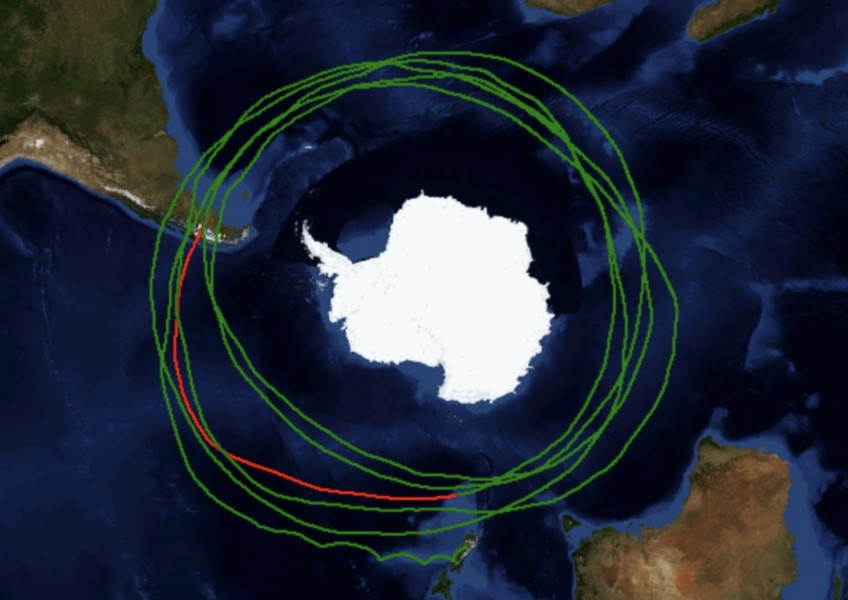NASA’s first Wānaka balloon lands safely in Argentina

The first NASA balloon to be launched from Wānaka this year has landed safely in Argentina after circling the globe five times.
NASA announced overnight that the balloon’s payload had parachuted down to earth in an unpopulated area 122 kilometres northeast of Gobernador Gregores, Argentina– followed by the balloon itself.
The second balloon launched from Wānaka had to be ditched into the Pacific Ocean after developing a leak.
“This flight was, bar none, our best to date with the balloon flying nominally in the stratosphere and maintaining a stable float altitude,” said Debbie Fairbrother, NASA’s Balloon Program Office chief at the Agency’s Wallops Flight Facility in Virginia. “Achieving long-duration balloon flight through day and night conditions is an important goal for our program and the science community, and this flight has moved the needle significantly in validating and qualifying the balloon technology.”

The balloon's launch from Wānaka went 100% to plan
Having identified a safe landing area over southern Argentina, balloon operators from NASA’s Columbia Scientific Balloon Facility in Palestine, Texas, sent flight termination commands at 8:37 a.m. EDT, May 25. The 18.8-million-cubic-foot (532,000-cubic-meter) balloon then separated from the payload rapidly deflating, and the payload floated safely to the ground on a parachute touching down in an unpopulated area 66 nautical miles (122 kilometers) northeast of Gobernador Gregores, Argentina. NASA coordinated with Argentine officials prior to ending the balloon mission; recovery of the payload and balloon is in progress.
During its nearly 40-day journey, the balloon completed a record five full circuits about the Southern Hemisphere’s mid-latitudes, maintaining a float altitude around 108,000 feet. In the coming days, the predicted flight path would have taken the balloon more southerly with little exposure to sunlight, creating some risk in maintaining power to the balloon’s systems, which are charged via solar panels. The land-crossing created an opportunity to safely conclude the flight and recover the balloon and payload.
“I could not be prouder of the team for conducting a safe and successful flight, and the science returns from SuperBIT have been nothing short of amazing,” said Fairbrother.


























